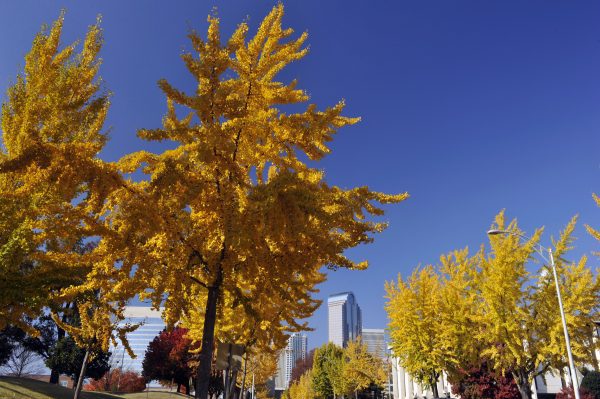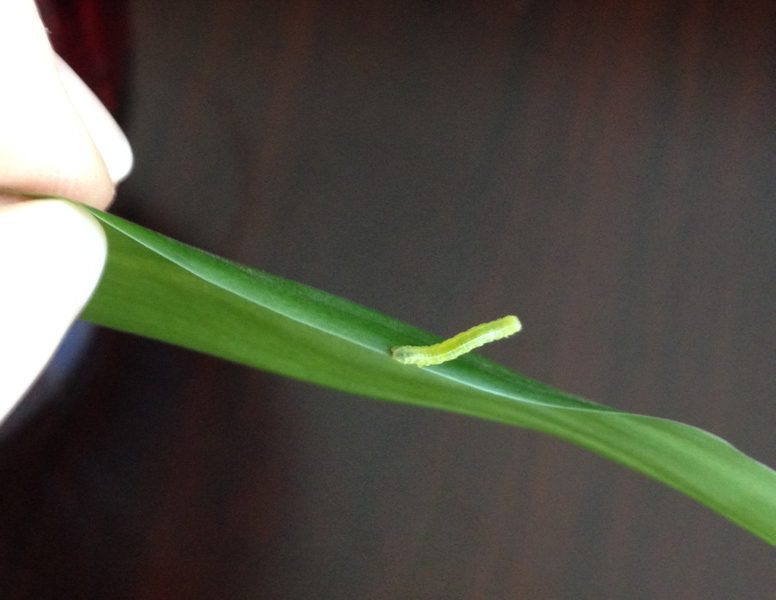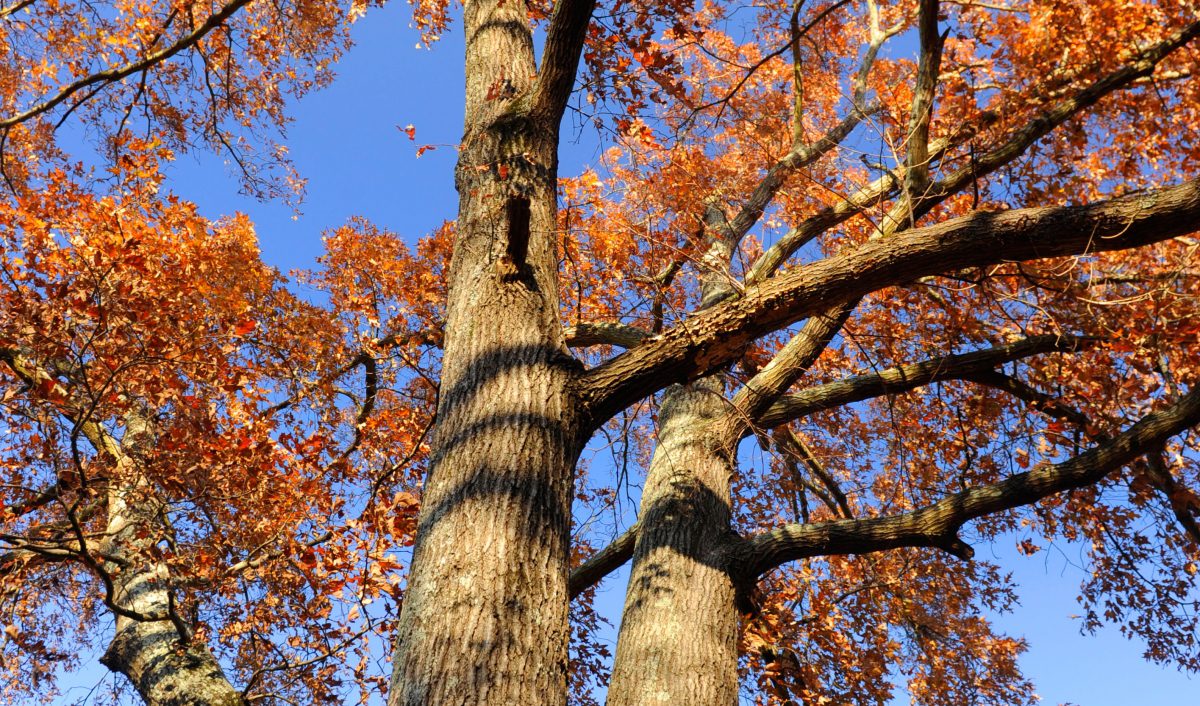How to safeguard Charlotte’s trees? Plan aims to support the canopy

Imagine:
- Charlotte neighborhoods with their own master plans to care for their trees.
- A citywide initiative to pinpoint neighborhoods with few trees and then help get trees planted there.
- A dependable, dedicated source of public money to care for Charlotte’s street trees.
- Assistance for low-income homeowners who can’t afford to give proper care to large trees on their property.
- A broad public education initiative about caring for trees, reducing storm water runoff, removing invasive plants, conserving water and other ways to better manage land.
Those are among more than a dozen proposals likely to end up in an urban forest master plan for Charlotte, a city that today has one of the best tree canopies in the country but whose trees face increasing threats from old age, disease and rapid development. Many of the proposals aim for broader and more robust efforts to engage Charlotte residents.
The city’s urban forestry staff, part of its Department of Engineering and Property Management, is working with consultants from Davey Resource Group to draw up the plan. A group of interested stakeholders were briefed on the plan Thursday.
Charlotte residents take pride in their trees and mention the trees as a reason they enjoy living here or chose to move here, said Erin Oliverio, Charlotte tree canopy program manager. “We have a tree identity already set up,” she said.

These small green cankerworms hatch in spring and eat their way through Charlotte’s tree canopy. Photo: Mary Newsom
But since so many trees in older neighborhoods are willow oaks that were planted early in the 20th century, they are nearing the end of their natural lifespan, and are starting to die off. In addition, the city’s trees have been under assault each spring for years by a pest called the fall cankerworm. The worms don’t kill the trees outright, but by devouring emerging leaves they weaken the trees leaving them vulnerable to drought or disease. The worms seem to have a particular love of willow oak leaves, as well as dogwoods.
Charlotte City Council has adopted a goal to increase the total tree canopy coverage to 50 percent by 2050, from about 48 percent today. Meeting that goal will require 25,000 trees planted each year for the next 20 years. The city has partnered with the nonprofit TreesCharlotte in a huge tree-planting initiative to help meet the goal.
But even with that partnership, large gaps exist. The city government cares for street trees, those planted in street and road rights of way. That effort, Oliverio said, is underfunded: “We have lower funding levels than needed for the canopy we’re trying to manage.”
In addition, the Davey assessment characterized the street tree program as “reactive,” based on requests, and lacking a systematic pruning program.
All those city-maintained street trees make up only about 10 percent of the total tree cover in the city, said city arborist Tim Porter. The vast majority of the trees in Charlotte are on private property and depend on owners and residents to manage them and keep them healthy.
And other areas just don’t have many trees at all. “There’s lots of neighborhoods out there that have no trees and are not asking for them,” Oliverio said. She hopes the master plan can lead to a process that can find those areas and rank them according to need.
[highlight] Disease and old age afflict Charlotte’s tree canopy [/highlight]
The Urban Forest Master Plan process has heard from almost 3,000 people at public meetings, Oliverio said. It also included an assessment of indicators of a good urban forest, with most conditions rated moderate. Rated good were the suitability of the trees, the canopy assessment, and the tree protection policy. Rated low were equitable distribution, involvement of large private and institutional landholders, regional collaboration, management plan and maintenance of publicly owned trees (in rights of way).
The city is inventorying all its street trees and is about 75 percent to 85 percent complete, although the data have not been consistently updated.
Many of the proposals discussed at Thursday’s meeting involved public-private partnerships, such as leveraging business sponsorships and citizen volunteers to create a broad-based enthusiasm for the city’s trees.
Oliverio also talked about the need for better communication about Charlotte’s urban forest and how the recommendations, if adopted, could help remedy that: “The city really doesn’t have a great way of communicating with anyone about trees right now.”
But maybe that will change. Oliverio mentioned a program in Melbourne, Australia, that lets residents email individual trees. That city inventoried all its street trees and gave each an identifying code. It began the project assuming residents would report maintenance needs, but learned that people felt such affection for trees that they were sending individual messages of love and support.
A city staffer answers the emails on behalf of the trees, she said.

Charlotte’s trees are ablaze with fall colors in October and November. Photo: Nancy Pierce